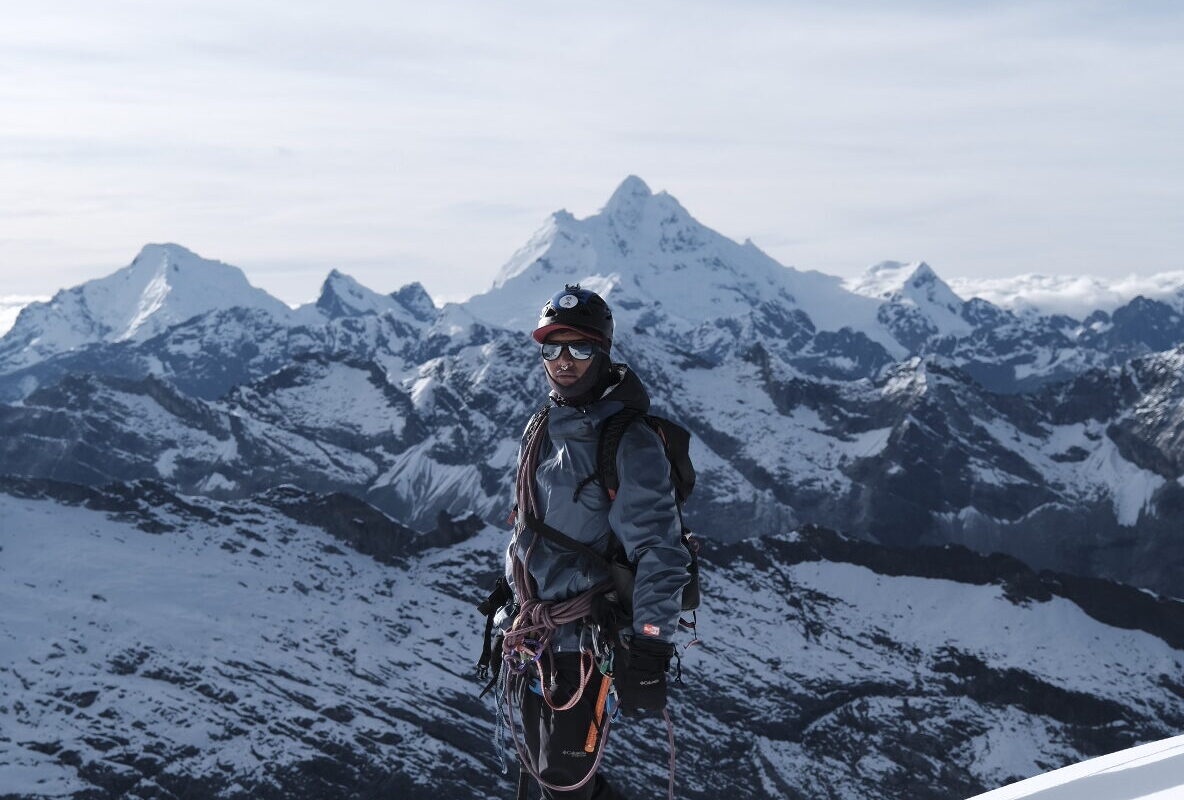- Mamai Lucille Williams, a Patamona elder from Karisparu in Guyana’s North Pakaraimas, was forcibly evicted in 2018 when miners—accompanied by police and a mining officer—destroyed her home and farm to clear land for gold extraction.
- Her case, raised by local Indigenous councils, became emblematic of the wider struggle against illegal and unsafe mining that continues to displace Amerindian communities across Guyana and the Amazon.
- Despite government promises of compensation, Mamai spent her final years away from her ancestral land, which she had occupied since childhood, symbolizing the precariousness of Indigenous tenure amid extractive expansion.
- She died in September 2025, remembered by her community as a “living symbol of courage, resilience, and dignity” and honored for preserving the Patamona language through her contribution to the first Patamona Learning Handbook.
When the miners came, Mamai Lucille Williams was well into her eighties. Her house in Karisparu, a Patamona village high in Guyana’s North Pakaraimas, stood on the same patch of ground where she had lived since childhood. Around it grew cassava, bananas, and fruit trees she had planted herself, each one a small act of rootedness in a landscape that had changed little over her lifetime.
Then, one day in 2018, men with axes arrived—miners, backed by policemen and an officer from the Guyana Geology and Mines Commission. Acting on instructions from distant claim holders, they chopped down her house posts, scattered her belongings, and leveled her farm. Her neighbors watched in disbelief as she was told to leave the land she had lived on for more than seventy years.
Such episodes have become grimly familiar across the Amazon, where gold glitters more brightly than the rights of those who have long lived above it. Yet this one struck a deeper chord. “Her fruit trees were cut down, her cassava destroyed,” wrote village leaders in a protest letter. The North Pakaraimas District Council called her eviction “a grave violation of human rights” and demanded that the miner’s permit be revoked. The government promised compensation and a new home. None of that could restore what had been uprooted.
In time, “Mamai”—a term of affection and respect—came to personify the ordeal of many Indigenous elders. She became a quiet rallying point in the struggle for land and dignity. Local councils invoked her name in meetings with ministers and international observers. To some, she was simply an old woman caught in a bureaucratic tangle. To others, she was the moral heart of a much larger story: the collision between Indigenous tenure and an extractive economy that prizes gold above all else.
She did not live to see that story resolved. Mamai Lucille died in August 2025, well into her nineties. Her passing stirred tributes from across the highlands. “She was a living symbol of courage, resilience, and dignity,” wrote the North Pakaraimas District Council. She had also contributed to the first Patamona Learning Handbook, preserving words, songs, and prayers in her ancestral tongue—a quieter form of resistance that, unlike her house, would not be bulldozed.
Her lifetime spanned the transformation of Guyana’s interior. When she was born, the highlands were still bound by the rhythms of subsistence: farms carved from the forest, fishing in clear rivers, and bartering between villages. Then came roads, dredges, and the long reach of the gold frontier. By the 2000s, mining camps stretched up the Mazaruni and Potaro rivers, bringing jobs, alcohol, malaria, and mercury. Forests vanished into pits and tailings ponds; rivers ran opaque and poisoned. The state, eager for royalties, issued concessions faster than it could monitor them. For villagers, the legal boundaries of their titled lands often mattered less than the muscle and money of those who arrived to dig.
The contradictions were laid bare in Mamai Lucille’s case. The Mining Act forbids operations within 200 meters of occupied homes or farms without written consent; First Guyanese—known in law as Amerindian—villages are legally recognized as “lawfully occupied.” Yet enforcement is rare. Officials may speak of dignity and compensation, but the machinery of extraction keeps moving. In that sense, the destruction of her home was not an aberration but a symptom of a wider failure of governance—an erasure enacted in plain sight.
In death, as in life, she remains a measure of what endures. The cassava fields have grown over, but the story of the woman who refused to leave quietly circulates through the highlands, retold by those who still farm and fish in the shadow of dredges. She had no title deed or legal counsel—only the moral claim of having been there first, and longest. In a world increasingly priced and parceled, that claim was radical enough.
Header image: Mamai Lucille William. Photo courtesy of the North Pakaraimas District Council















